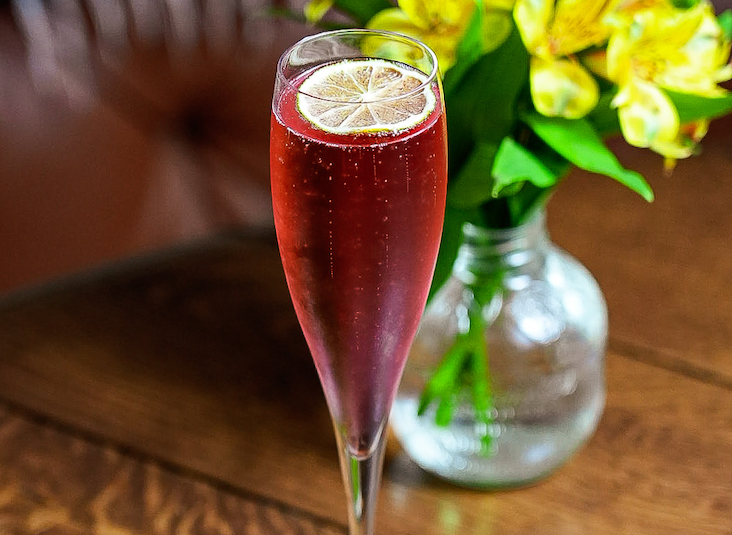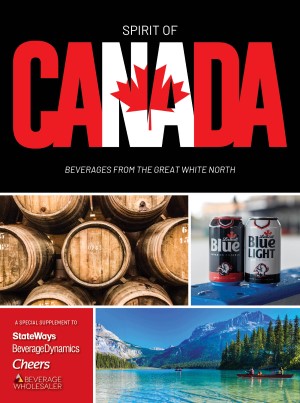marketing
The Oyster New Year
Brewer Pushes Elliott’s Bivalve Fest
Over the Top
You could call it a match made in heaven–at least in marketing heaven.
While it’s an old tradition in Ireland and England, oysters and dry stout are still considered an odd pairing in many US markets. But in bars, taverns and restaurants in Galway, London, Dublin and places between, the two have long been considered as natural together as roast beef and Yorkshire pudding.
It makes sense. A good gulp of flavorful dry stout can clean the palate while accentuating the briny tang of raw shellfish.
In the US, Guinness has been positioning itself for about three years as the perfect thing to sip alongside oysters on the half-shell. The brand has hosted dozens of oyster festivals across the country so far, preaching the good word to thousands of consumers. In some events, Guinness paired with seafood restaurants in joint promotions.
At the same time as Guinness was bolstering its image stateside with increased advertising and better monitoring of product quality when served on draft, Elliott’s Oyster House in Seattle has been positioning itself as that city’s oyster headquarters. Its reputation has even gone national since being cited by Forbes magazine as one of the top 5 oyster bars in the country.
Clockwise from upper left: One of the oyster displays from the event; left to right, local Guinness reps Mike McGill, Senior Market Manager,Michael Weiss,Director National Accounts West, Andrew Murphy, Market Manager OR, ID, MT (based in Portland). Cynthia Nims, Charles and Rose Ann Finkel, Molly Hancock (COO Consolidated Restaurants); Kevin Shoemaker, GM of Elliott’s.
It seems inevitable that the two would hook up to promote the joys of great oysters and great dry stout, which they did last November, when Guinness brought its message to the heart of oyster country by sponsoring the first Guinness Oyster New Year at Elliott’s Oyster House.
GUINNESS SPREADS OUT
Mike McGill, Seattle-based senior marketing manager for Guinness, started looking around the city about a year ago for a venue to add Seattle as a locale for the numerous Guinness oyster festivals going on in Chicago, New York, Austin, TX, Phoenix, AZ, Philadelphia, Minneapolis, Dallas and other cities. Los Angeles, Portland, OR, and San Francisco will be added this year. Their general specs have been to find an outdoor venue with a casual atmosphere and a great festive feel, with ability to host live music and other performance events.
After poking around, he found that Elliott’s had just this kind of formula already going. “Why reinvent a festival when there’s a local event that works, and that we could team up with?” he says he asked himself. So Guinness contacted the restaurant’s general manager, Kevin Shoemaker, and set in motion plans to co-sponsor the 1999 Oyster New Year, so-called because November is the start of the new year of the oyster season in the Pacific Northwest.
This was the eighth Oyster New Year that Elliott’s has put on, but the first of a new era with sponsorship from Guinness. “It works out nicely to have Guinness coming in as a partner this year,” explains Loree Wagner, director of marketing for Consolidated Restaurants, owner of Elliott’s. “It’s a very expensive event to put on, and getting more expensive each year.”
The restaurant spends about $50,000 to stage the event each year, which covers not only food, beverage and entertainment, but also a 6,000 square foot tent set on the end of Pier 56 on Seattle’s waterfont complete with central heat and lighting, among other expenses. The ticket price of $60 per head helps cover costs, and Guinness’s participation helps support a donation to the event’s designated recipient, the Pacific Coast Shellfish Growers Association, the long-standing charity of choice for Elliott’s oyster festivals. This recent event is due to net the PCSGA about $7,500, and over the years Elliott’s has contributed nearly $50,000 to the organization.
SMALL TOWN DOIN’S
Compared to the other oyster festivals that Guinness sponsors, the Seattle event could be considered an intimate crowd of about 900. (Chicago’s festival, for instance has drawn as many as 30,000 stout sippers). But the demographics here suit Mike McGill just fine. “Guinness works particularly well in the Seattle market, where people are accustomed to the pronounced flavors of dark-roasted coffees and hefty beers,” he explains. “The microbrew rage here helped open the flood gates for Guinness.” He notes that with microbrew sales slowing a bit, customers are turning to some imports such as Guinness.
Guinness brings its powerful marketing muscle to the event, as well as contributing experience from its other oyster festivals. It also provides mass exposure through sales outlets in the Seattle area with 500 event posters distributed to taverns, restaurants and retail stores touting oysters as “the perfect match for the perfect pint.”
On the Elliott’s end, for a month in advance, it pushed the event with table tents and mentions in the restaurant’s newsletter. But Elliott’s was also able to promote the event through its sister restaurants in Seattle: the Metropolitan Grill, Union Square Grill and Pescatore. All four restaurants offered a special Guinness promotion for about two weeks, a 20-oz. pour of Guinness, with customers getting to keep the signature glass. This tie-in helped to get the word out efficiently.
Previous Oyster New Year events at Elliott’s saw a variety of local microbrews tapped, along with oyster-friendly, white wines. This year, with the new partnership, Guinness became the exclusive brew for the event, though wines were still available. In all, 35 kegs were tapped for the party, roughly 5 pints per head. All that Guinness helped wash down 12,000 oysters on the half-shell, a good dozen or more per person. One attendee claimed to have eaten over 200 oysters himself, the same fellow who, in 1996, reached a peak of 263 (an unofficial record — Elliott’s tries not to encourage such over-the-top consumption).
Another new co-sponsor this year was a local radio station, which provided on-air promotion for two weeks prior to the event. They also gave away tickets to the party, and had two of their on-air personalities on hand at the event.
All in all, the Guinness-Elliott’s teamup was a win-win-win-win for all involved, perhaps the ultimate reward for a cross-promo effort. Guinness got broad exposure to a great demographic among the beer- and oyster-loving public in the Northwest, both at the event and through advance promotions. Elliott’s gained a new, long-term partnership for future Oyster New Year events, both on the financial and marketing end of things. The radio station got great exposure from the publicity, as well as 50 tickets to give away to listeners. And last but not least, the Pacific Coast Shellfish Growers Association went home with a donation which will help in their mission to keep Puget Sound waters clean and healthy for the future of Northwest shellfish.
Cynthia Nims is the food editor of Seattle magazine.




